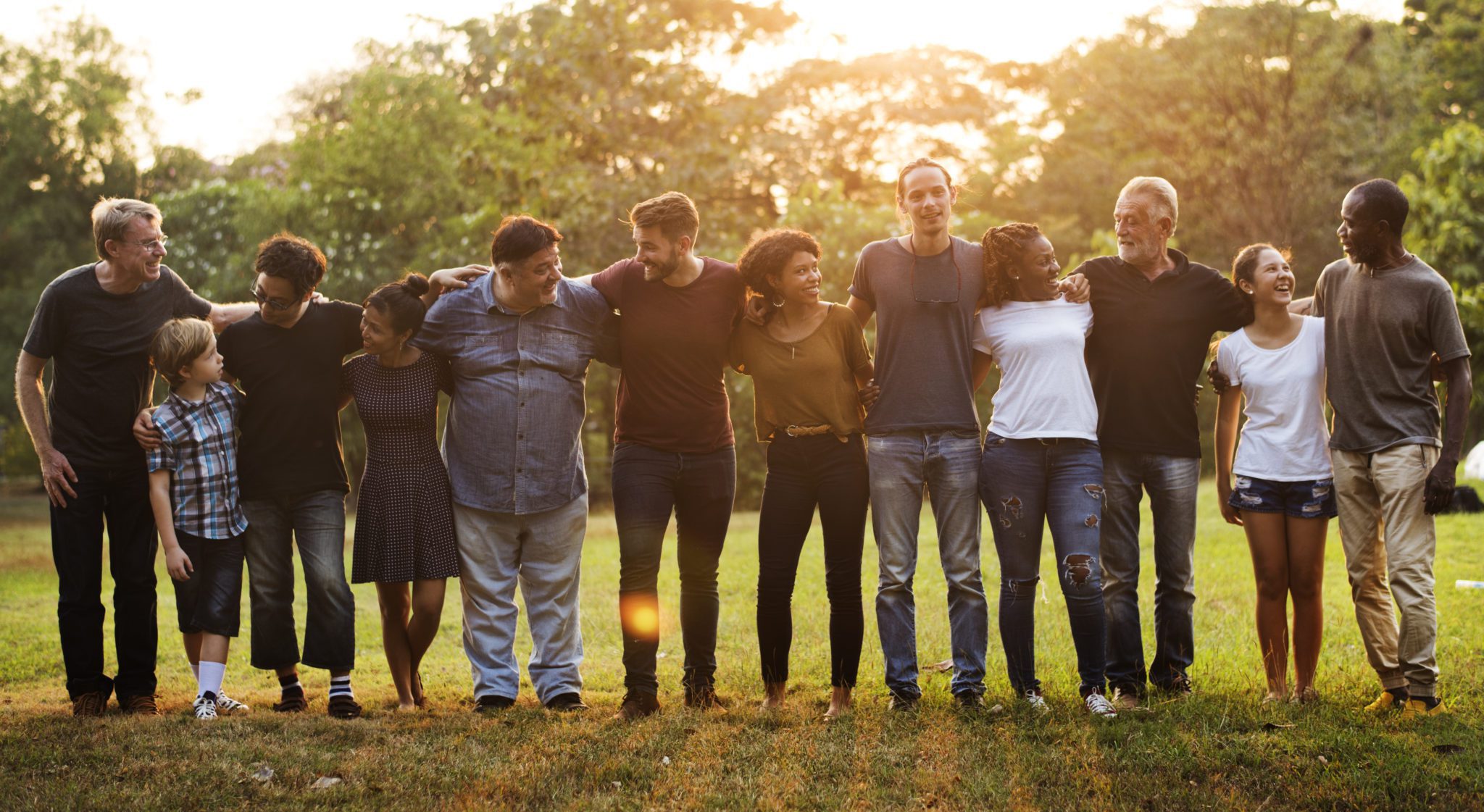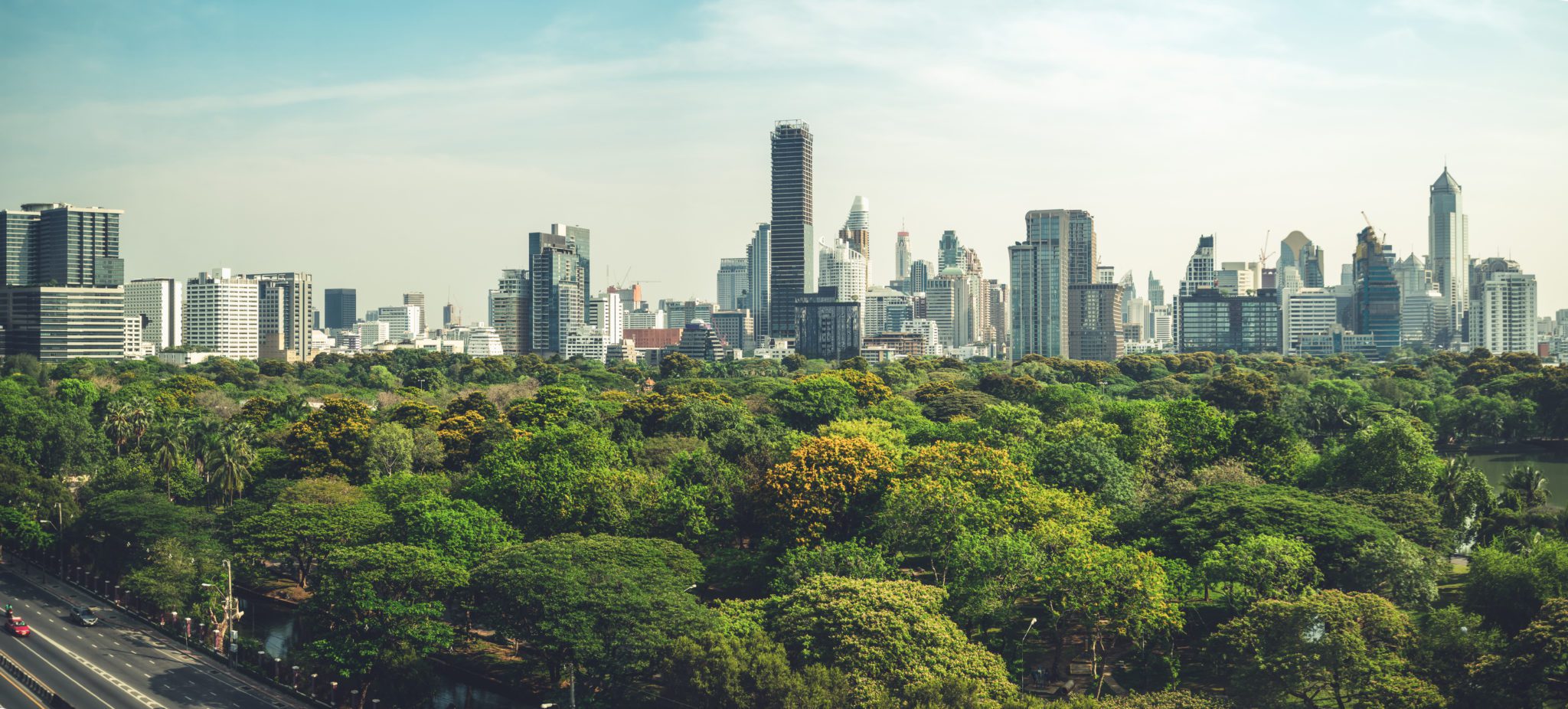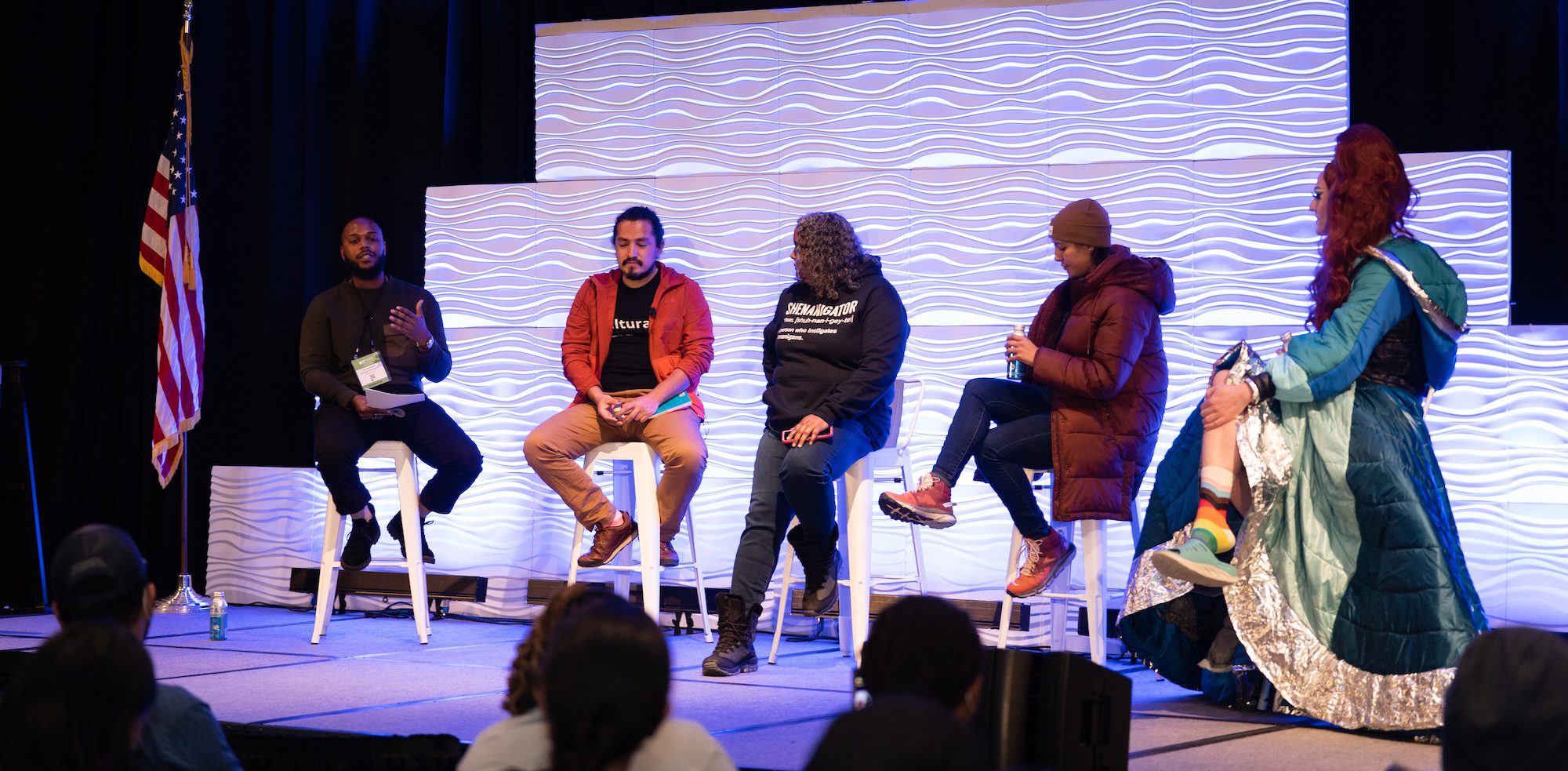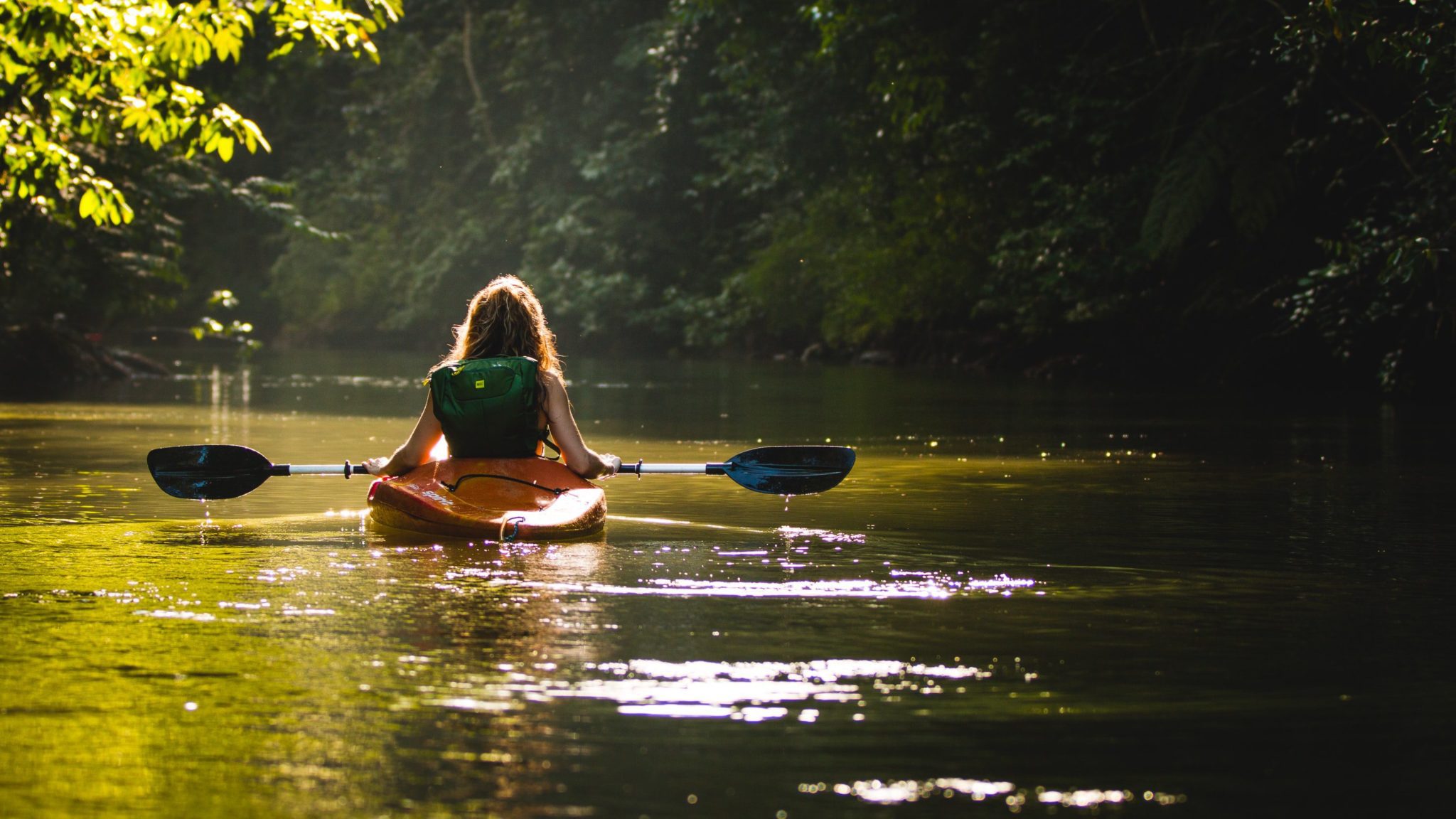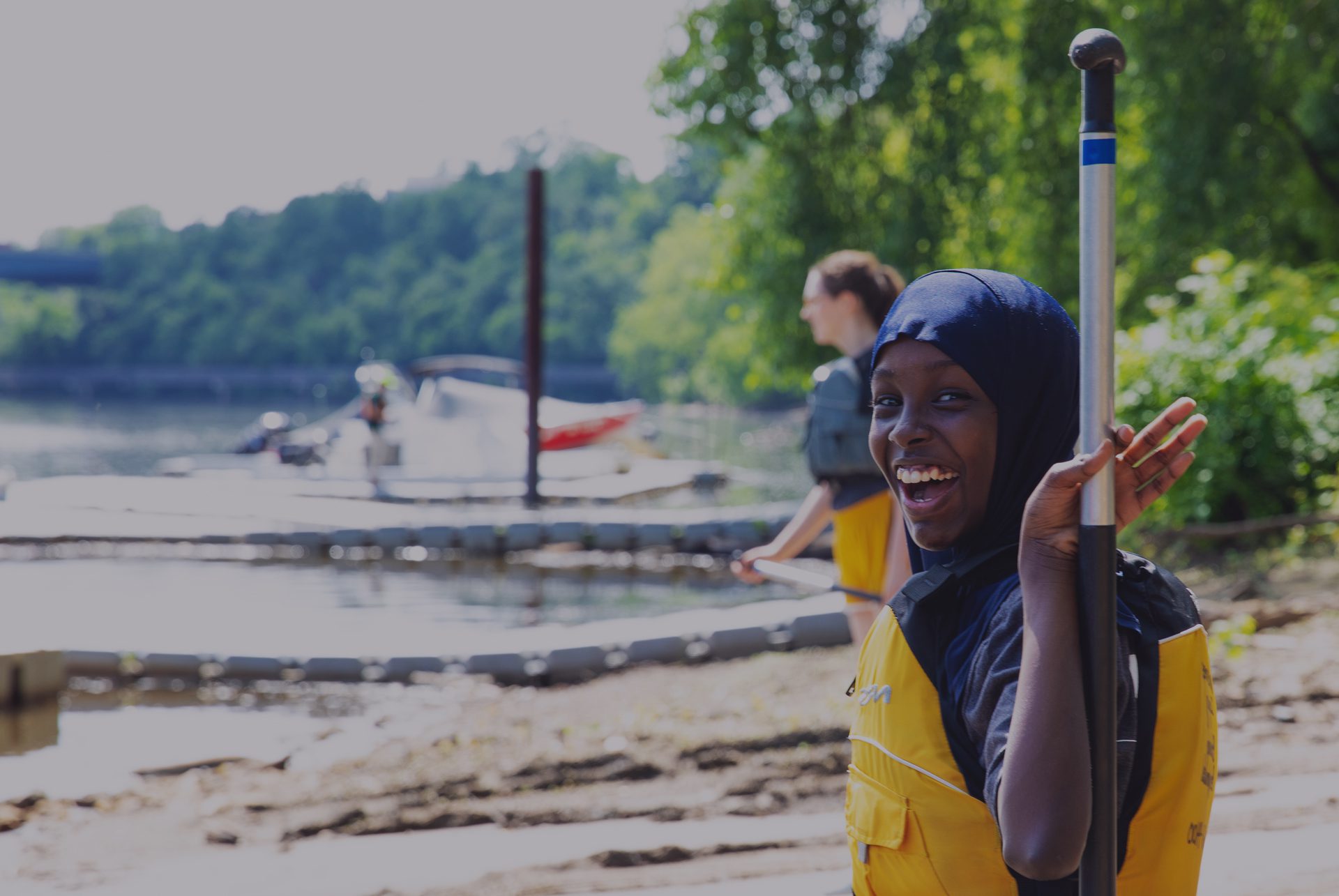Collective impact brings people together—in a structured way—to achieve social change.
Continue readingThe Outdoors Should Be for All, Regardless of ZIP Code
Together, we can demand greater accessibility to the natural world for all and help more people to get outdoors — because everyone deserves a breath of fresh air.
Continue readingOutdoor Retailer Industry Lunch: Engage Into Action With The Outdoorist Oath
The recently announced “Outdoorist Oath” is a new way for ALL people to engage in supporting a thriving planet and thriving people. Watch our panel from Outdoor Retailer Snow Show 2022 to learn more about this action plan to advocate for the planet, inclusion, and adventure. This session provides an in-depth look at why The Oath is necessary and what the founders, Teresa Baker, Jose Gonzàléz and Pattie Gonia with support from their executive director, Gabaccia Moreno, are aiming to achieve through the Oath. Learn more about how you can engage with the Oath now and in the future.
Moderator: Jacob Fisher, Program Coordinator, Outdoor Foundation
Panelists:
Teresa Baker, In Solidarity Project Founder, Chief Trouble Maker and Oath Co-Founder
Jose Gonzalez, Founder at Latino Outdoors, Educator, Creative, Facilitator and Oath Co-Founder
Pattie Gonia, Professional Homosexual, Intersectional Environmentalist, Drag Queen and Oath Co-Founder
Gabaccia Moreno, Conservationist, Nuestra Tierra Conservation Project, and Oath Executive Director
Thank You For Celebrating National Thrive Outside Day
Thanks to our community partners and participants, Thrive Outside Day events were a success nationwide! Communities in Atlanta, Grand Rapids, Maine, Oklahoma City, Philadelphia, San Diego, St. Louis and Twin Cities celebrated the transformative benefits of the outdoors through activities ranging from outdoor programming and skill development sessions to social media takeovers. See highlights from each event below.
A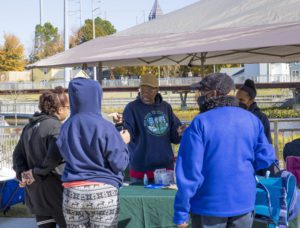 TLANTA: November 13th
TLANTA: November 13th
Hosted in partnership with the city of Atlanta, Thrive Outside Day was hosted at Cliff Park and coincided with the local Outdoor Rec Festival. Over 200 people were in attendance!
Learn more about Thrive Outside Atlanta
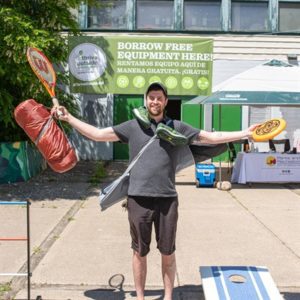
GRAND RAPIDS: October 11 and 16th
Grand Rapids celebrated its new Gear Share Library with a ribbon-cutting ceremony and a day of outdoor activities and outdoor skill development using gear-share equipment from the library.
Learn more about Thrive Outside Grand Rapids
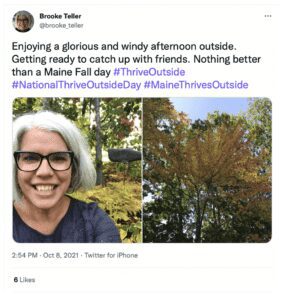 MAINE: October 9th
MAINE: October 9th
The Nature Based Education Consortium celebrated Thrive Outside Day virtually! They invited Mainers to share stories and pictures of the diverse ways they like to #ThriveOutside. See what they had to say and learn more about Thrive Outside Maine here.
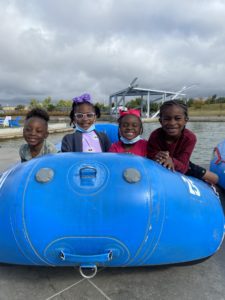 OKLAHOMA CITY: October 2nd
OKLAHOMA CITY: October 2nd
Oklahoma City celebrated its Thrive Outside Day with kayaking activities, a Thrive Outside Kayak League race, nature-based activities and outdoor skill-development sessions.
Partners for the event and programming included RIVERSPORT Foundation, Boys and Girls Club of Oklahoma County, Boy Scouts Last Frontier Council, OK State Parks, Scissortail Park and Threshold Climbing. Learn more about Thrive Outside Oklahoma City
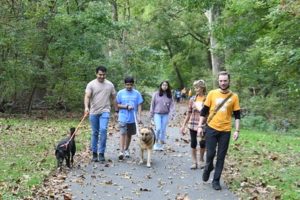 PHILADELPHIA: October 16th
PHILADELPHIA: October 16th
Thrive Outside Greater Philadelphia partner Tookany/Tacony-Frankford Watershed Partnership hosted National Thrive Outside Day 2021. Neighbors from the area gathered for a We Walk stroll on the Circuit Trail in Tacony Creek Park, a beautiful green space that follows the Tacony Creek on its way to the Delaware River. Participants bird-watched, looked for animal tracks, and learned about the trees that provide food and shelter for wildlife. After the walk, participants gathered over a healthy breakfast and enjoyed special outdoor giveaways.
Learn more about Thrive Outside Philadelphia
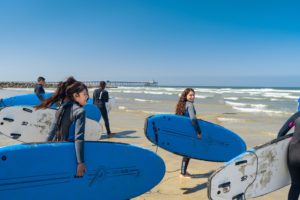 SAN DIEGO: October 9-10th
SAN DIEGO: October 9-10th
Hosted at Imperial Beach in partnership with US Fish and Wildlife, Thrive Outside Day in San Diego coincided with Walk for the Wild. Local youth participated in paddleboarding and leadership development events.
Learn more about Thrive Outside San Diego
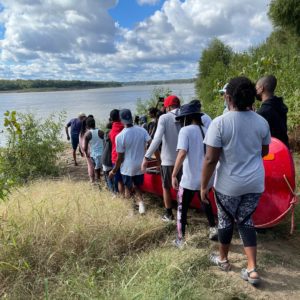 ST. LOUIS: October 2nd
ST. LOUIS: October 2nd
Hosted in partnership with Jack and Jill of America, the St. Louis Thrive Outside community embarked on a half-day canoe trip, culminating at the St. Louis riverfront in front of Gateway Arch National Park, where participants were greeted by local elected leaders.
Learn more about Thrive Outside St. Louis
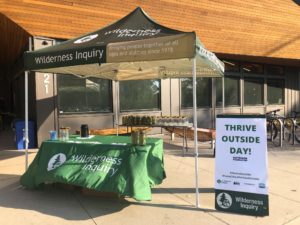
TWIN CITIES: October 9th
Wilderness Inquiry, The Loppet Foundation and REI gathered to celebrate Thrive Outside Day on October 9th at Theodore Wirth Park – The Trailhead. Parkgoers were able to learn more about the Thrive Outside Initiative, and share their thoughts on the benefits of time spent in nature and how to best address the barriers that prevent equitable access to outdoor spaces and experiences.
National Thrive Outside Day is October 9
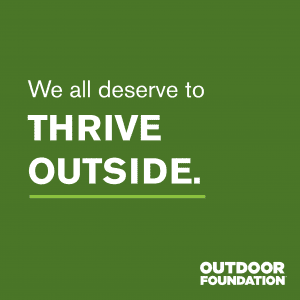 We all deserve to thrive outside. But research shows that serious equity barriers such as safety, walkability, transportation, cost and cultural inclusion, along with a rise in screen and indoor time, are leading us to become the world’s first indoor species, with devastating consequences for youth and their families.
We all deserve to thrive outside. But research shows that serious equity barriers such as safety, walkability, transportation, cost and cultural inclusion, along with a rise in screen and indoor time, are leading us to become the world’s first indoor species, with devastating consequences for youth and their families.
To reverse the declining trend of outdoor engagement, we launched the Thrive Outside Initiative in 2019, which works at the grassroots level to empower communities to make outdoor recreation an accessible lifestyle for all. The Initiative awards multi-year, capacity-building grants to diverse communities to build and strengthen networks focused on providing children and families with repeat and reinforcing experiences in the outdoors. This national network is empowering communities to thrive outside in Atlanta, Grand Rapids, Maine, Oklahoma City, Philadelphia, San Diego, St. Louis, and the Twin Cities region. And over the coming years, we plan to grow the number of regions we’re investing in to 16.
The outdoors have been proven to provide myriad benefits to individuals and communities, including mental and physical health, youth development, environmental stewardship, community development and social justice. And now more than ever, access to the outdoors is critical. Our world is witnessing incredible upheaval, and Americans across the country are taking to the outdoors in search of respite from COVID-19. The Outdoor Foundation 2021 Participation Trends Report recorded that 7.1 million more Americans participated in outdoor recreation in 2020 than in the year prior, the highest participation rate ever recorded.
National Thrive Outside Day is about celebrating the transformative benefits of the outdoors, and ensuring that everyone has equitable access to outdoor spaces and experiences. Because we all thrive outside. Check out the Thrive Outside Day events happening in our eight Thrive Outside Communities below:
ATLANTA: November 13th
Hosted in partnership with the city of Atlanta, and located at Cliff Park, Thrive Outside Day in Atlanta will be coinciding with the local Outdoor Rec Festival. Learn more about Thrive Outside Atlanta
GRAND RAPIDS: October 11 and 16th
Grand Rapids with be celebrating its new Gear Share Library with a ribbon-cutting ceremony on October 11th. On Oct. 16th, the community will gather together for a day of outdoor activities and outdoor skill development using gear-share equipment from the library. Learn more about Thrive Outside Grand Rapids
MAINE: October 9th
Tune into the Nature Based Education Consortium’s social media channels to see all the varied ways people are experiencing the outdoors in Maine. Together, we can shift the narrative. Learn more about Thrive Outside Maine
OKLAHOMA CITY: October 2nd
Coinciding with Oklahoma Regatta Festival, Oklahoma City will be celebrating its Thrive Outside Day with kayaking and a Thrive Outside Kayak League race, along with nature-based activities and skill-development sessions. Learn more about Thrive Outside Oklahoma City
PHILADELPHIA: October 16th
Hosted in Tacony Park in partnership with REI and other local partners, the Philly community with gather for tree planting and clean water education-based activities to celebrate Thrive Outside Day. Learn more about Thrive Outside Philadelphia
SAN DIEGO: October 9-10th
Hosted at Imperial Beach in partnership with US Fish and Wildlife, Thrive Outside Day in San Diego coincides with Walk for the Wild. Local youth will have the opportunity to participate in paddleboarding and leadership development events. Learn more about Thrive Outside San Diego
ST. LOUIS: October 2nd
Hosted in partnership with Jack and Jill of America, the St. Louis Thrive Outside community will embark on a half-day canoe trip, culminating at the St. Louis riverfront in front of Gateway Arch National Park, where participants will be greeted by local elected leaders. Learn more about Thrive Outside St. Louis
TWIN CITIES: October 9th
Hosted in partnership with The Loppet Foundation and REI at Theodore Wirth Park – The Trailhead, Thrive Outside Day in the Twin Cities region will connect with park goers about the Thrive Outside Initiative’s mission and work. The first 50 people to visit the Thrive Outside tent will receive an REI Nalgene® bottle. Learn more about Thrive Outside Twin Cities




